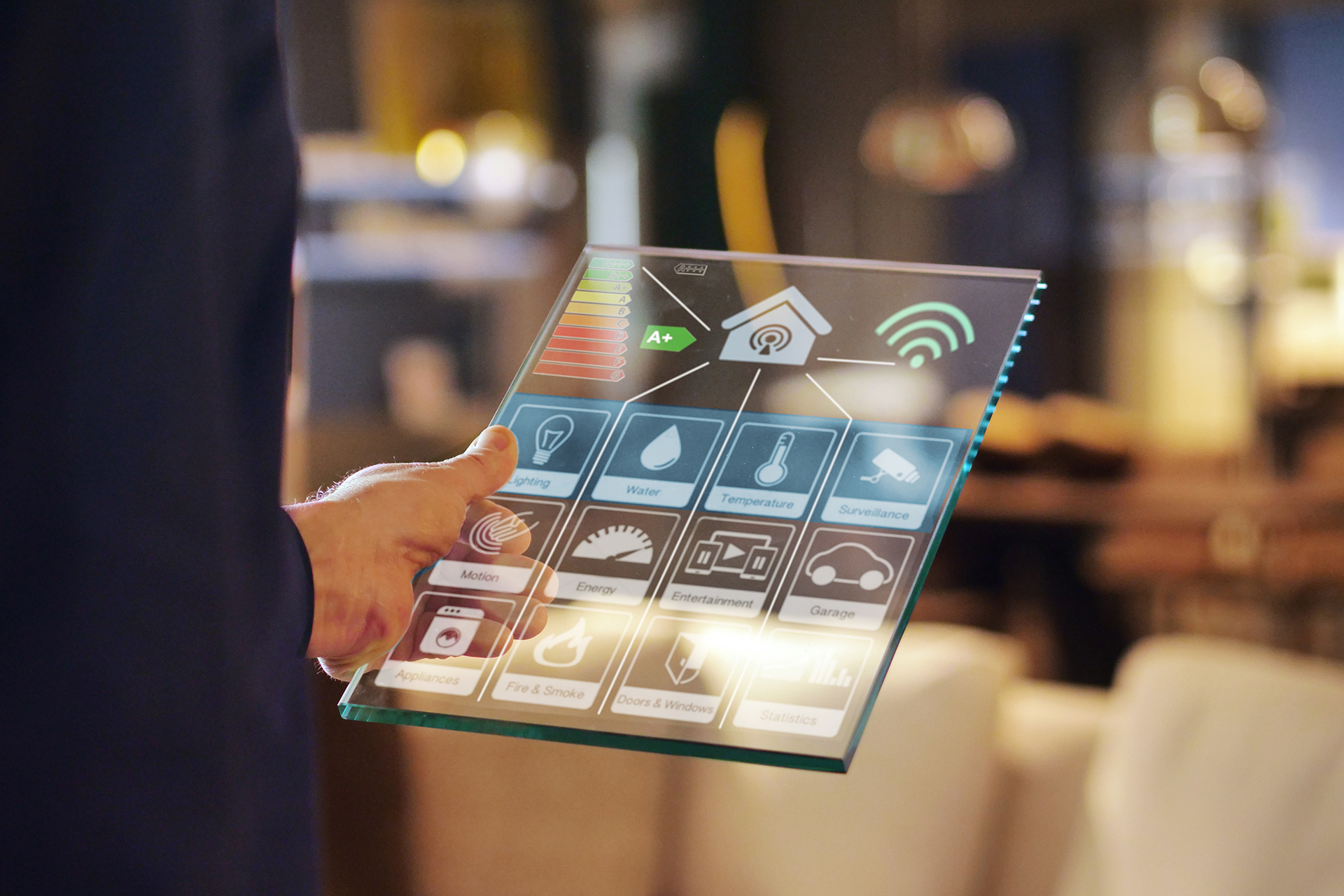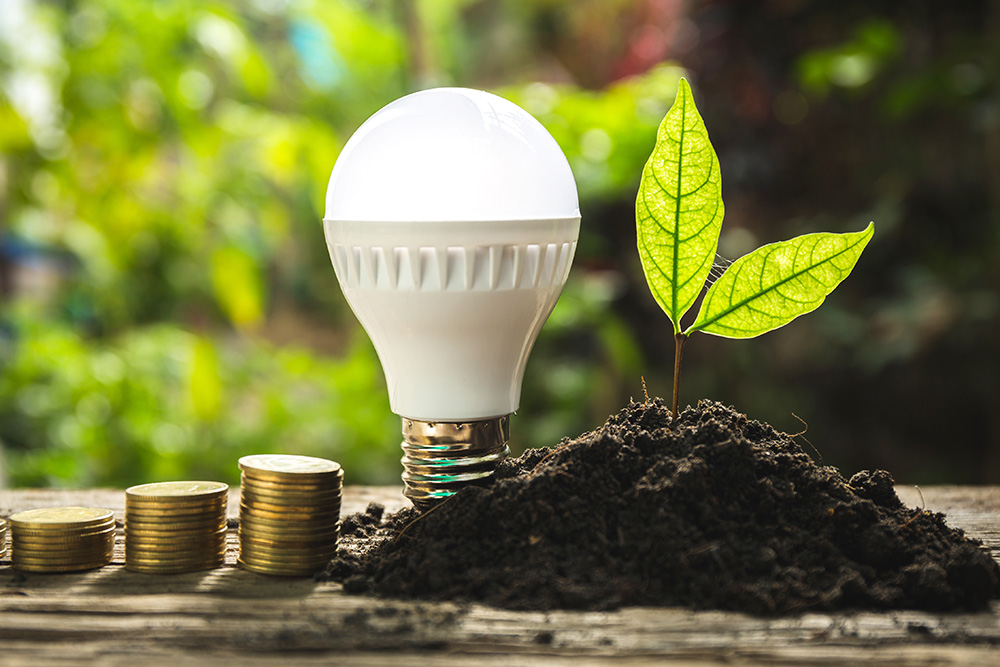In an era defined by growing environmental concerns and a pressing need for sustainability, the quest for more efficient and eco-friendly facilities has become a top priority for businesses and organizations worldwide. From reducing carbon emissions and energy consumption to minimizing waste and optimizing resource utilization, the journey towards sustainability encompasses a wide range of strategies and practices aimed at creating healthier, more resilient built environments.
At the core of sustainable facility management lies the concept of energy efficiency—an essential component in the pursuit of environmental stewardship and operational excellence. By minimizing energy consumption and maximizing the use of renewable energy sources, facilities can significantly reduce their carbon footprint and contribute to a more sustainable future. One effective strategy for improving energy efficiency is through the implementation of power metering systems.

Power metering, also known as energy metering or submetering, involves the installation of specialized devices to monitor and track electricity usage within a facility. These meters provide valuable insights into energy consumption patterns, identify areas of inefficiency or waste, and facilitate informed decision-making regarding energy conservation measures. By measuring energy usage at the individual circuit or equipment level, power metering systems enable facility managers to pinpoint opportunities for optimization and implement targeted strategies to reduce energy waste and lower operating costs.
In addition to power metering, another key strategy for sustainable facilities is the adoption of energy-efficient building design and construction practices. From incorporating passive design principles to maximize natural lighting and ventilation to utilizing high-performance building materials and technologies, there are numerous ways to enhance the energy efficiency of new construction projects and retrofit existing buildings. Features such as energy-efficient HVAC systems, advanced insulation, and smart lighting controls can significantly reduce energy consumption while improving occupant comfort and productivity.
Furthermore, proactive maintenance and optimization of building systems are essential for ensuring long-term energy efficiency and operational performance. Regular inspection, calibration, and maintenance of HVAC equipment, lighting systems, and building automation controls can help identify and address potential issues before they escalate, preventing energy waste and costly breakdowns. Additionally, implementing predictive maintenance strategies leveraging data analytics and sensor technology can further optimize equipment performance, minimize downtime, and extend asset lifespan.
Another critical aspect of sustainable facility management is the implementation of water conservation measures to minimize water usage and promote resource efficiency. From installing low-flow fixtures and water-saving appliances to implementing rainwater harvesting systems and greywater recycling initiatives, there are various strategies available to reduce water consumption and mitigate the environmental impact of facility operations. Additionally, proactive leak detection and repair programs can help prevent water waste and avoid potential damage to building infrastructure.

Moreover, the integration of renewable energy sources such as solar photovoltaic (PV) panels, wind turbines, and geothermal heat pumps can significantly reduce reliance on fossil fuels and lower greenhouse gas emissions associated with facility operations. By generating clean, renewable energy onsite, facilities can not only reduce their environmental footprint but also hedge against rising energy costs and enhance energy resilience. Additionally, onsite renewable energy systems can provide opportunities for energy independence and contribute to local energy generation capacity.
Additionally, occupant engagement and behavior change play a significant role in achieving sustainable facility goals. Educating building occupants about energy-saving practices, such as turning off lights when not in use, adjusting thermostat settings, and using energy-efficient appliances, can help foster a culture of sustainability within the facility. By empowering occupants to take an active role in energy conservation efforts, facilities can maximize the effectiveness of energy-saving initiatives and promote a sense of ownership and responsibility for environmental stewardship.
Furthermore, sustainable facility management extends beyond energy and water conservation to encompass waste reduction and recycling initiatives. Implementing comprehensive waste management programs, including source reduction, recycling, and composting, can significantly reduce the amount of waste sent to landfills and minimize the environmental impact of facility operations. By properly segregating and diverting waste streams, facilities can conserve natural resources, reduce greenhouse gas emissions, and contribute to a circular economy.
Moreover, sustainable facility management practices can enhance indoor environmental quality (IEQ) and occupant comfort, thereby improving overall productivity, health, and well-being. Strategies such as using low-emission building materials, implementing effective ventilation systems, and maintaining optimal indoor temperature and humidity levels can help mitigate indoor air pollutants, reduce allergens, and create healthier indoor environments for occupants. Additionally, incorporating biophilic design elements, such as natural lighting, greenery, and outdoor views, can further enhance occupant satisfaction and connection to the natural world.
Furthermore, sustainable facility management involves fostering partnerships and collaboration with stakeholders across the supply chain, including suppliers, vendors, contractors, and tenants. By working together to identify shared sustainability goals and implement best practices, facilities can leverage collective expertise and resources to drive meaningful change and achieve mutual benefits. Collaboration with local communities, government agencies, and non-profit organizations can also help facilities address broader social and environmental challenges, such as community resilience, environmental justice, and equitable access to resources.
Finally, continuous monitoring, measurement, and performance tracking are essential aspects of sustainable facility management. By establishing key performance indicators (KPIs) and regularly monitoring progress towards sustainability goals, facilities can identify areas for improvement, track performance trends over time, and demonstrate accountability and transparency to stakeholders. Leveraging data analytics and benchmarking tools can provide valuable insights into energy usage, water consumption, waste generation, and other sustainability metrics, enabling informed decision-making and continuous improvement efforts.
In conclusion, sustainable facility management requires a multifaceted approach that encompasses energy efficiency, water conservation, renewable energy integration, and proactive maintenance practices. By implementing strategies such as power metering, energy-efficient building design, proactive maintenance, water conservation measures, and renewable energy integration, facilities can enhance their environmental performance, reduce operating costs, and create healthier, more sustainable built environments for occupants and communities. Through a commitment to sustainability and continuous improvement, facilities can play a crucial role in mitigating climate change and advancing global efforts towards a greener, more sustainable future.






